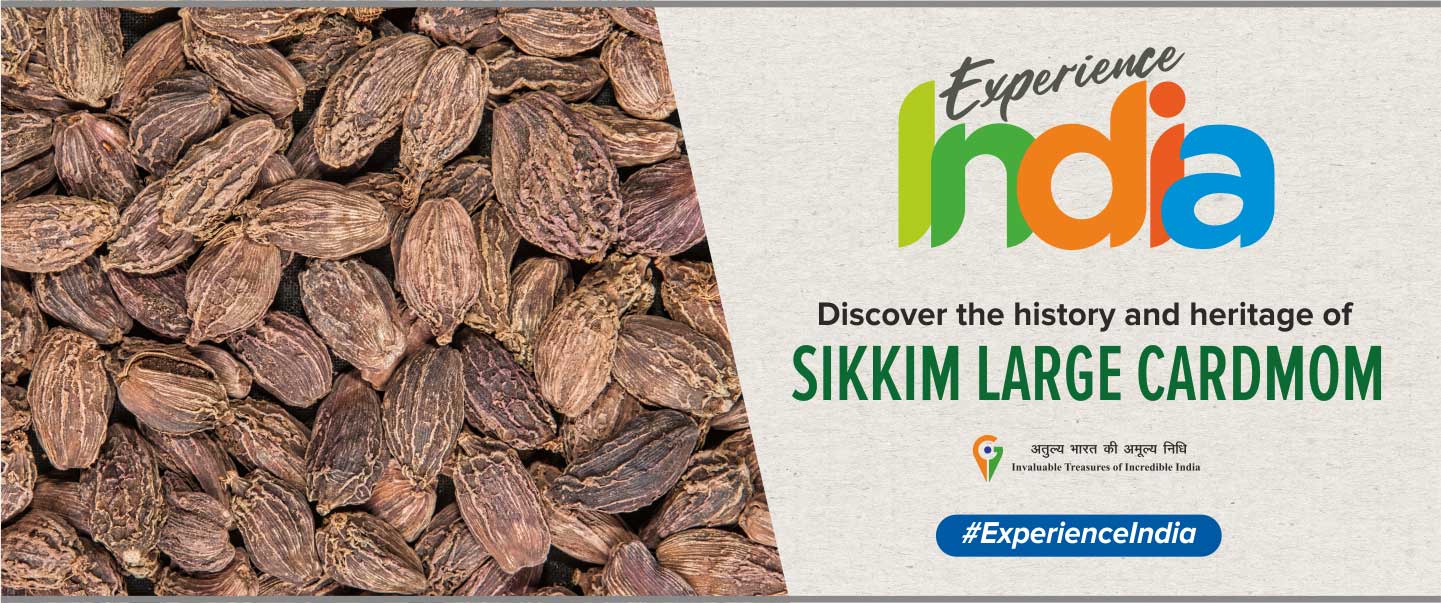Sikkim Large Cardamom
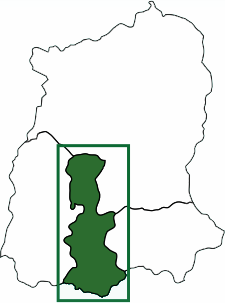
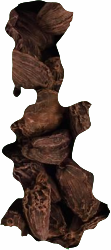
HISTORY
Cardamom, being one of the oldest spices known to mankind, is commonly used in Ayurvedic, Yunani, Chinese, and Tibs medical system to treat and cure various ailments like dyspepsia, cough, nausea, vomiting, itching, throat troubles, congestion of lungs, inflammation of eyelids, digestive disorders and pulmonary tuberculosis due to antioxidant properties present in it.
Shape & Color
Sikkim Large Cardamom is a perennial herb with subterranean rhizomes and a pseudostem of leafy shoots. It is round or oval in shape and possesses a reddish-brown color.
Climate
The climatic conditions of Sikkim and well-drained soils with a loamy texture are perfect for the growth and cultivation of cardamom. Ramsey, Sawney, Golsey, Varlangey, and Seremna are the five main cultivars of large cardamom.
Aroma
It has a pleasant aromatic smell and is used in flavoring vegetables and many food preparations of curries, soups, sausages, and meat. In south India, this agricultural product of Sikkim is also used in the preparation of snuff and incense sticks.
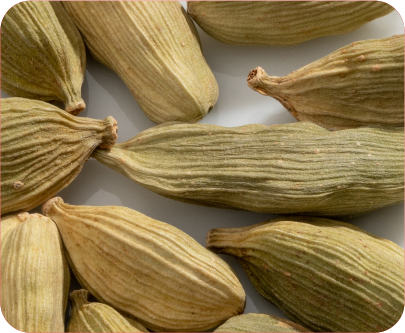
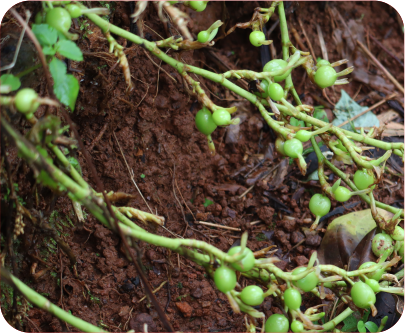
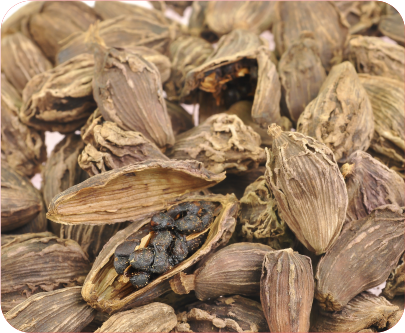
Tourist Attractions
The Buddha Park of Ravangla, also known as Tathagata Tsal, is situated near Rabong (Ravangla) in South Sikkim district, Sikkim, India. It was constructed between 2006 and 2013 and features a 130-foot (40 m) high statue of the Buddha as its centerpiece. The site was chosen within the larger religious complex of the Rabong Gompa (Monastery), itself a centuries-old place of pilgrimage. Also nearby is Ralang Monastery, a key monastery in Tibetan Buddhism.
